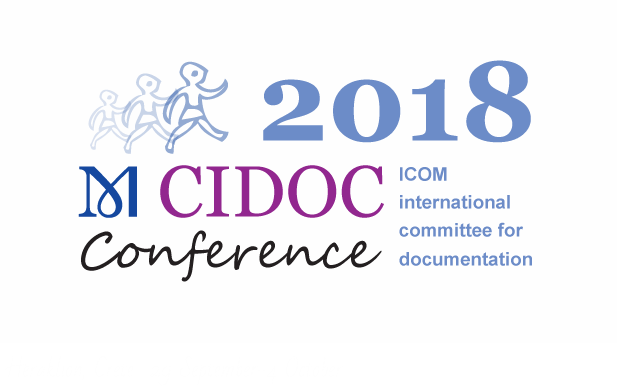|
Now through February 28 we are accepting proposals for presentations, workshops, case studies, for CIDOC's annual conference. Visit the CIDOC 2018 Call for Papers page for submission guidelines and selection criteria: http://www.cidoc2018.com/call-papers
|
 |
About the CIDOC 2018 Theme
The ‘Provenance of Knowledge’ is a core element of good practice in documentation and so is the theme of the next ICOM-CIDOC conference, in Heraklion-Crete-Greece from 29 September to 4 October 2018.
As an essential aspect of documentation, Provenance of Knowledge refers to the attempt to trace the origins of the information and knowledge about an object, an entity, or an idea in order to reconstruct the whole chain of creation, use, interpretation, and dissemination of relevant information and knowledge. The ultimate purpose of this reconstruction is to confirm, illustrate, and validate the information and knowledge contained in the documentation in order to facilitate understanding across times and cultures. In this way, it contributes to scholarly citation in information handling while connecting all the material evidence kept in museums and other memory institutions.
The validation of information and knowledge has been greatly helped by the increasing use of digital technologies in documentation. However, this advancement in documentation has created new difficulties as the abundance of the available information makes it difficult to introduce standards and processes to model and maintain the development and validity of documented information. The 2018 CIDOC conference aims at supporting museums by deepening the understanding of documentation as a means of knowledge preservation, dissemination, and exchange.
We invite you to participate in the conference and to advance relevant scientific inquiry. You can enhance our discussions on the harmonization of the processes to trace back information by presenting theoretical aspects, user experience, innovative implementations for the analysis and documentation of information and knowledge.
The aim is to give us with new insights into the Provenance of Knowledge. More analytically, the conference topics are the below.
Conference topics
- Object information as historical source
- Object documentation and archival resources
- Field research and object documentation
- Oral tradition and witnessing information in connection with objects
- Documentation and interdisciplinarity
- Object documentation and analytical resources
- Provenance of materials and techniques
- Documentation for target groups (e.g. special needs)
- Methods of knowledge verification and documentation of knowledge revision
- Ethics of provenance of information
- Provenance of knowledge and preservation of referred source
The extended deadline for submission of abstract is 14/03/2018.
The deadline for final paper is 31/07/2018.
Go back to top